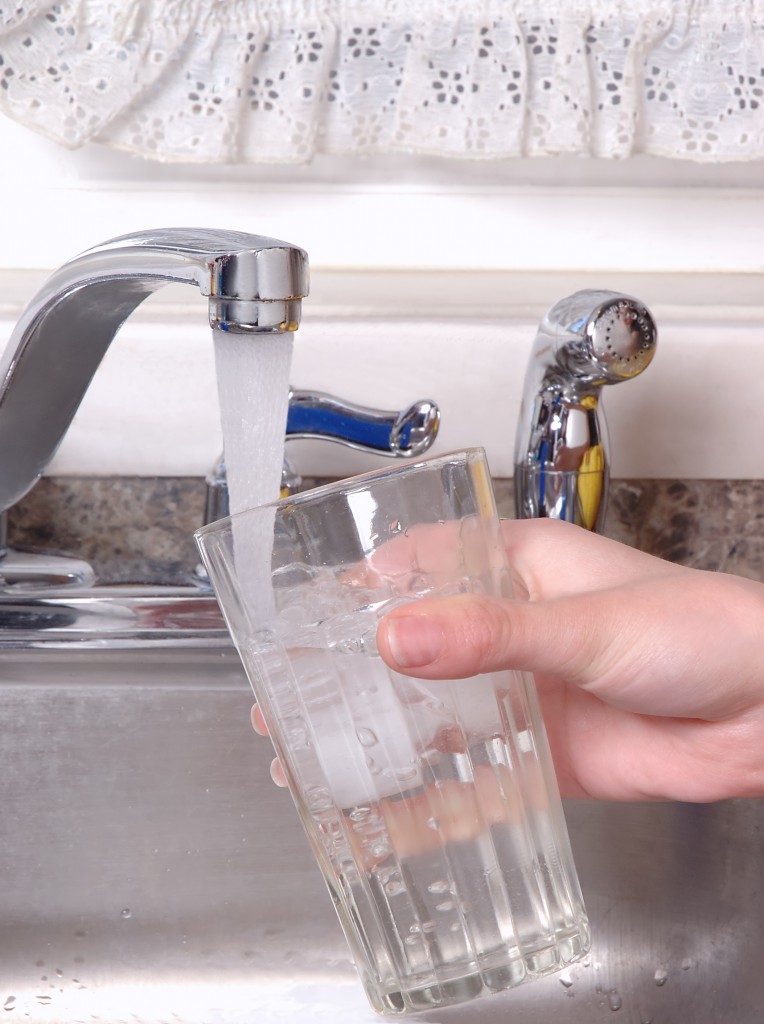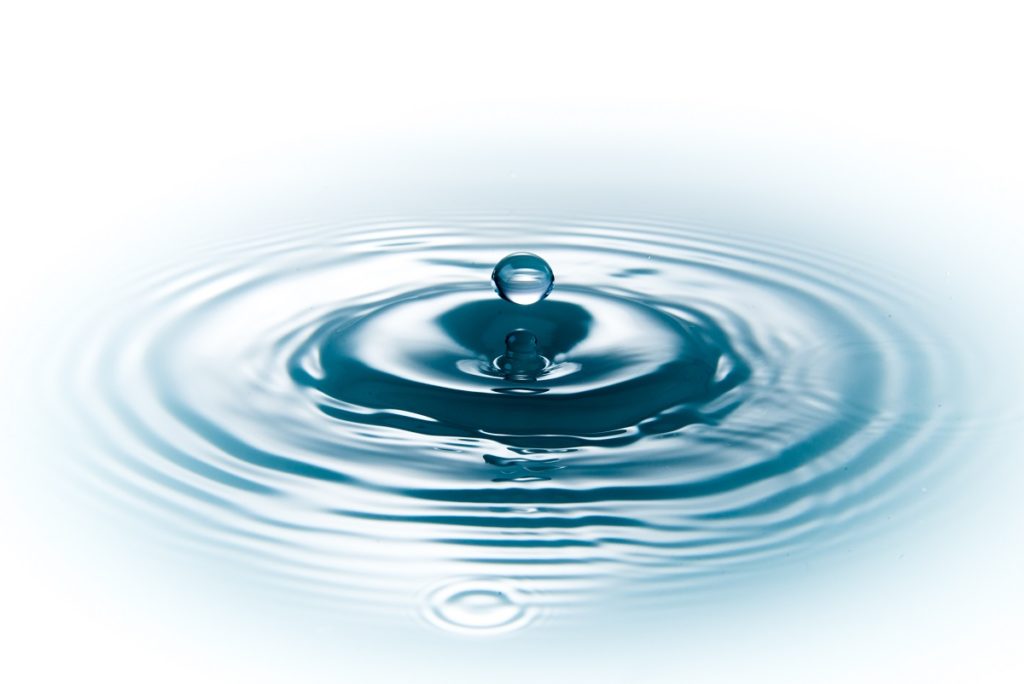If you gurgle tap water, then surely, it must be safe to drink, right? Well, tap water is generally considered safe if it’s sourced from a public water system in the U.S., such as the one used in your municipality. But if your drinking water passes through a treatment plant before coming into your home, it must meet strict safety standards first before being deemed safe. However, whichever water you drink isn’t completely devoid of contaminants. The level of contaminants it’s contained with just doesn’t pose health risks.
For that reason, some people opt for either filtered water, distilled water, or purified water, believing that it’s cleaner and therefore safer to drink. Indeed, tap water tends to show issues over time, such as having a metallic smell and taste. In severe cases, the water turns slightly brown, like what the residents of Flint, Michigan encountered back in 2014. The cause of the issue turned out to be the city’s new water source which corroded the pipes.
Since the other types of drinking water pass through multiple stages of filtration, you’d never encounter a rusty or murky one. Still, it doesn’t necessarily mean that tap water is unsafe. If you drink it and never experienced any health issue as a result, then there’s really nothing for you to worry about.
But now that we’ve got you wondering what makes the other types of drinking water different, here’s an overview of each, which may help you decide if you’d benefit more from one of them:
Tap Water

Though safe, tap water is inherently at risk of hazardous contamination. Just like what happened in Michigan, the pipes in your municipality’s water system may get corroded, either due to a new water source, old age, or some other factor.
The effects of contaminated tap water can be serious. In Michigan, it resulted in one of the worst health disasters in U.S. history, with around 10,000 residents poisoned in their own homes.
Surprisingly, water contamination is a fairly common occurrence in the country. Every year, millions of Americans get their drinking water from a source that violates the Environmental Protection Agency’s (EPA) standards.
The EPA is authorized to monitor all public water systems and establish health standards regarding the contaminants found in drinking water. They have set minimum testing schedules to ensure that the contaminants remain at safe levels. However, some people may be more reactive to contaminants than others, particularly if they are:
- undergoing chemotherapy
- dealing with HIV/AIDS
- recovering from a transplant surgery
- children or infants, or;
- pregnant
To tell if your tap water is safe, test its odor and taste. It should be completely odorless and tasteless. The water should also be crystal clear, not cloudy. It shouldn’t leave your skin feeling slimy or slippery. But sometimes, hardened water is only a result of excess calcium or magnesium, not always a sign of heavy metals.
And of course, brown, green, or blue water is automatically unsafe to drink. Discoloration could be caused by rust, or heavy metal, like copper.
Filtered Water
Filtered water comes from different types of filtration systems, all of which installed by a skilled plumber. It’s a good investment if you want to remain absolutely certain that no heavy metal or harmful pollutant ever contaminates your drinking water.
The most common type of filter is activated carbon. It’s inexpensive but impressively effective in capturing heavy metals, parasites, pesticides, radon, and MTBE. You’d normally find this filter installed under the sink, or mounted in faucets or pitchers.
Filters can also produce distilled water, through a process called distillation. It boils the water to remove pathogens, heavy metals, and inorganic materials. As the water is boiled under very high temperatures, the decontaminated water turns into steam and is captured and cooled to become distilled water.
Reverse osmosis, a sophisticated and costly drinking water system, is also a product of filtration. It uses pressure to force water through a semi-permeable membrane, eliminating nearly all of its contaminants. It also removes pathogens, making it ideal for people with compromised immune systems.
Purified Water
Purified water is usually available as bottled beverages sold in stores. If your area’s tap water is unsafe to drink, purified water is your typical choice of drinking water.
A specific type of filtration process produces this type of water. It removes chemicals and impurities, hence the name “purified” water. However, the impurities aren’t 100% eliminated, but rather maintained at extremely low levels.
Because it is also a result of filtration, purified water is often confused with filtered water. But they have considerable differences, as purified water goes through an additional purification process, often reverse osmosis, distillation, or deionization. Hence, purified water has a higher purity than tap and filtered water.
These four types of drinking water have unique characteristics, and your choice should depend on your health, lifestyle, personal preference, and budget. But if you’re rather health-conscious, it might be best to avoid drinking tap water. Your investment will be worth it if it results in your peace of mind.

